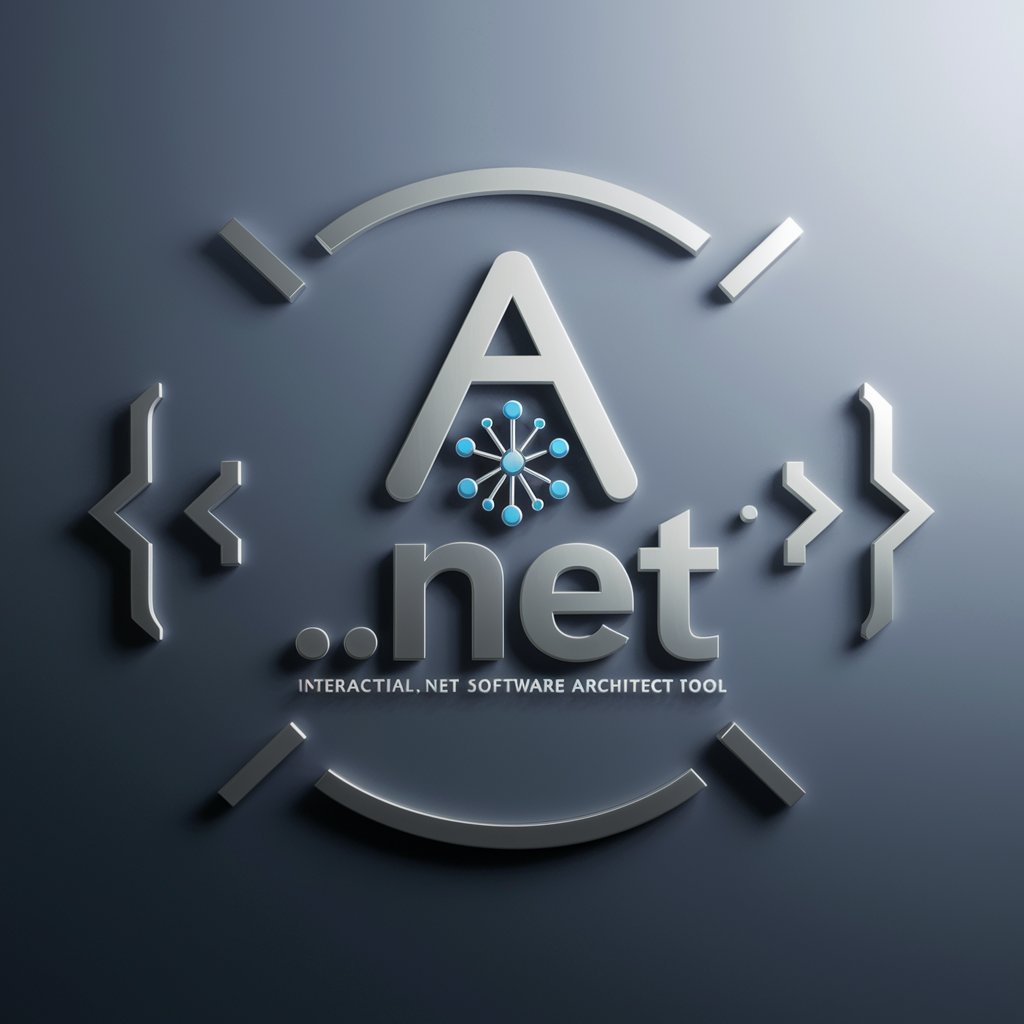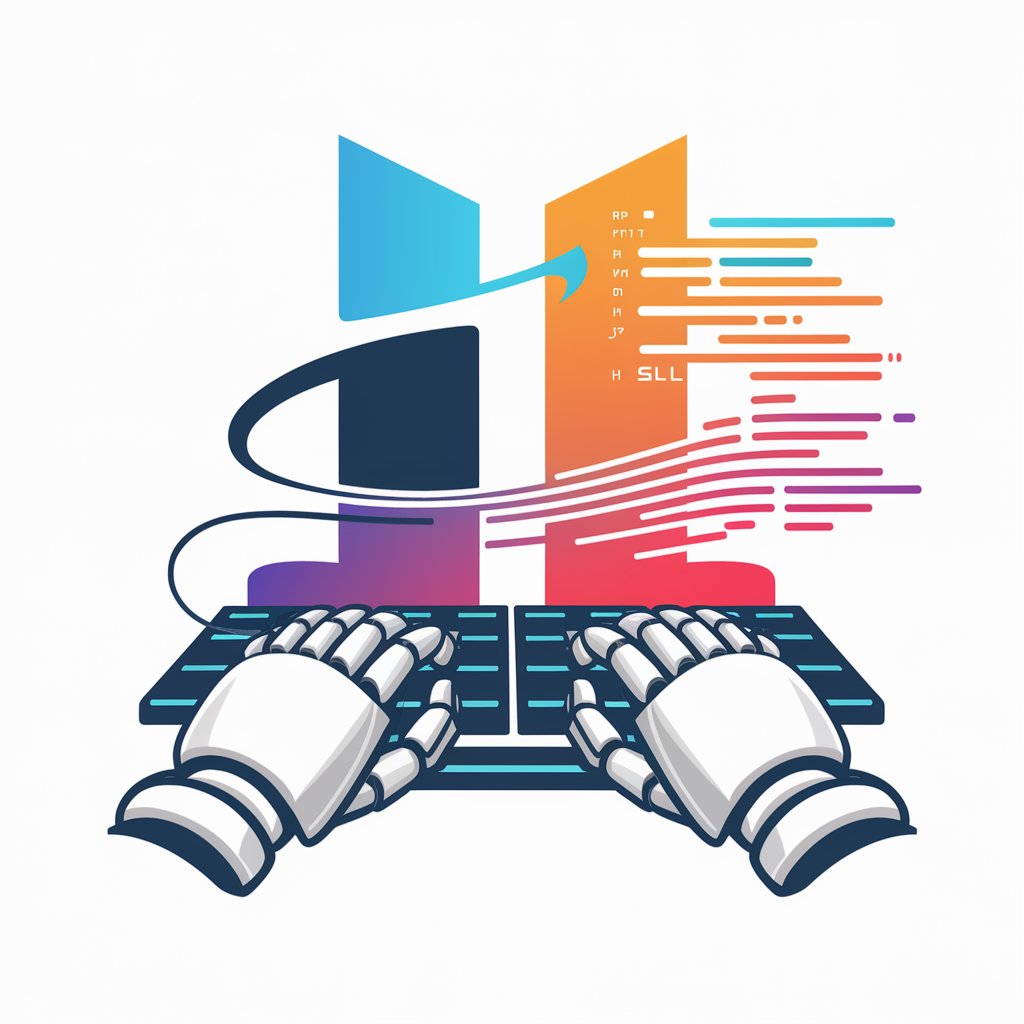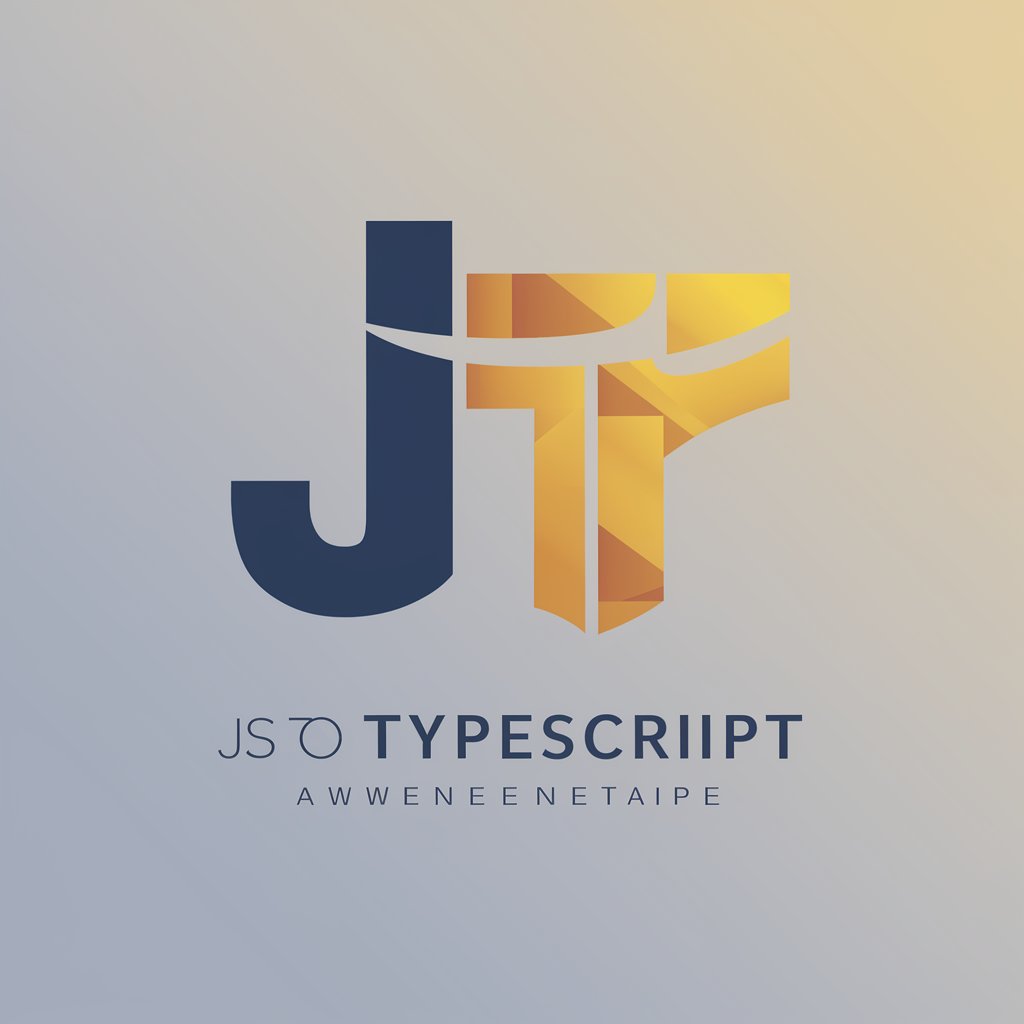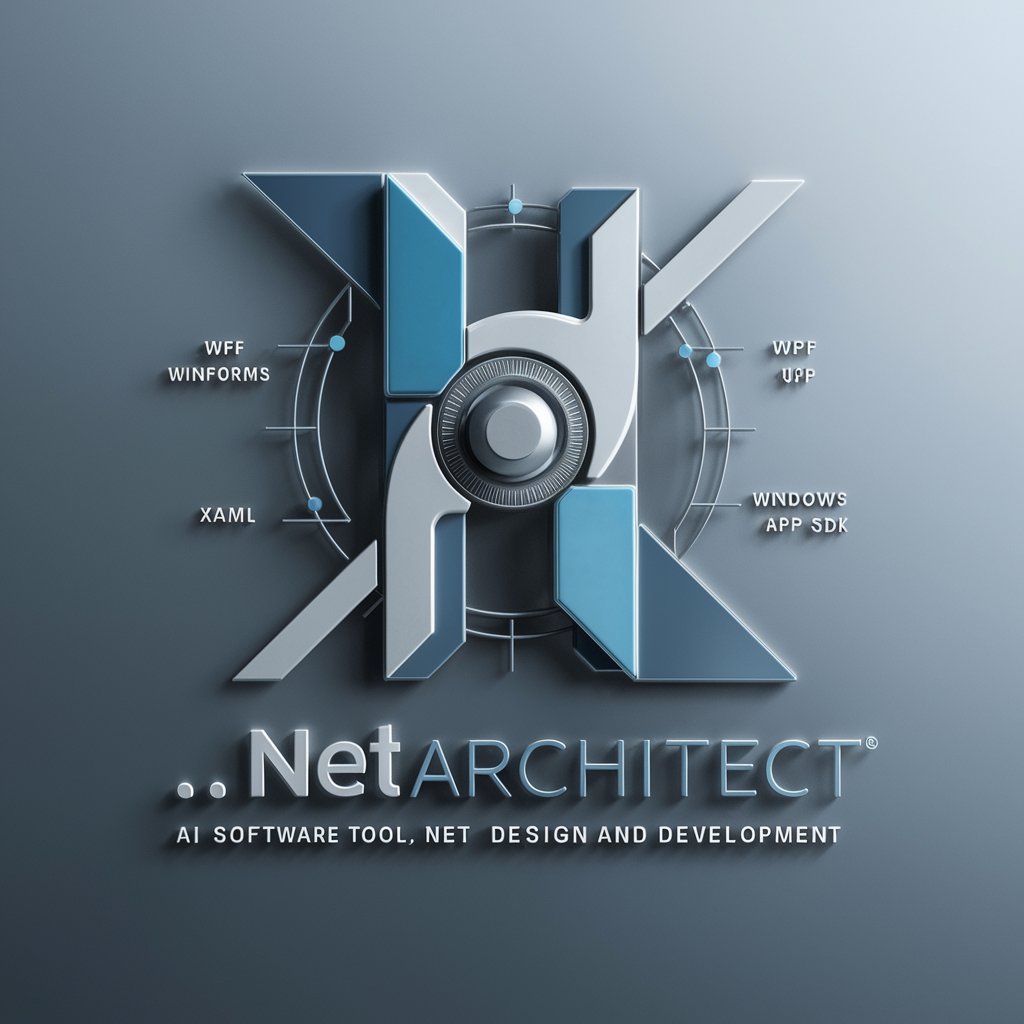5 GPTs for Legacy Migration Powered by AI for Free of 2025
AI GPTs for Legacy Migration are advanced tools designed to streamline the process of transitioning from older systems to modern platforms. These Generative Pre-trained Transformers (GPTs) provide specialized solutions for analyzing, understanding, and transforming legacy codebases and data formats into new, more efficient structures. Their application in Legacy Migration is pivotal, as they automate and optimize the migration process, reducing errors, saving time, and ensuring consistency across migrated assets. This innovative approach leverages machine learning and natural language processing to understand complex legacy systems, making these tools invaluable for organizations looking to modernize their IT infrastructure.
Top 5 GPTs for Legacy Migration are: .NET Companion,SenseiGPT,Codi,JS to TypeScript,.NET Architect
.NET Companion
Empowering .NET Development with AI

SenseiGPT
Streamlining Code with AI Power

Codi
Transforming IBM i Development with AI

JS to TypeScript
AI-powered JavaScript to TypeScript Transformation

.NET Architect
Empower Your .NET Development with AI

Key Attributes of AI GPTs in Legacy System Upgradation
AI GPTs for Legacy Migration boast unique characteristics and capabilities that make them essential for any migration project. Key features include their adaptability to various programming languages and data formats, ability to learn from previous migrations to improve future performance, and provision of detailed analysis reports that help identify potential issues before they become problematic. Special features like web searching for documentation, image generation for visualizing data structures, and data analysis for understanding legacy databases further distinguish these tools. Their capacity to tailor functions from simple code translation to complex system rearchitecting allows for a wide range of applications in legacy migration projects.
Who Benefits from AI-Driven Legacy System Migration?
The primary beneficiaries of AI GPTs for Legacy Migration include IT professionals, developers, and business analysts involved in system upgrades, as well as organizations planning to modernize their legacy systems. These tools are designed to be accessible to novices with little to no coding skills, providing intuitive interfaces and guided processes, while also offering deep customization and scripting capabilities for experienced developers. This dual accessibility ensures that a wide range of users can leverage these tools for efficient, effective migration projects.
Try Our other AI GPTs tools for Free
Educational Coaching
Explore AI-powered Educational Coaching tools designed to transform learning experiences with personalized, interactive support and a vast array of educational resources.
Comparison Guide
Discover how AI GPTs for Comparison Guide can transform your decision-making with advanced, tailored comparative analyses.
Carrier Negotiation
Unlock efficient carrier negotiations with AI GPTs, designed to streamline logistics discussions through advanced machine learning and natural language processing. Perfect for professionals seeking strategic advantages.
Operational Workflow
Optimize your operational workflow with AI GPT tools designed for efficiency and ease of use, suitable for professionals at any skill level.
Freight Strategy
Discover how AI GPTs for Freight Strategy revolutionize logistics planning, offering adaptable, efficient, and data-driven solutions for modern freight operations.
Consciousness Mapping
Explore the depths of consciousness with AI GPTs designed for Consciousness Mapping. Tailored solutions for researchers, psychologists, and enthusiasts seeking deeper insights.
Enhanced Solutions with AI GPTs in Legacy Upgrades
AI GPTs for Legacy Migration offer a pathway to modernization that is both efficient and effective. By automating the migration process, these tools not only save time and reduce errors but also ensure that migrations are conducted with an eye toward future scalability and performance. Their user-friendly interfaces simplify complex migrations, making these technologies accessible to a broad audience. Moreover, the possibility of integrating these tools with existing systems or workflows promises a seamless transition to modern platforms.
Frequently Asked Questions
What exactly are AI GPTs for Legacy Migration?
AI GPTs for Legacy Migration are specialized tools that use artificial intelligence to facilitate the process of migrating from old to new systems, automating the analysis, translation, and optimization of legacy code and data.
How do these tools handle different programming languages?
These tools are designed with adaptability in mind, capable of learning and understanding multiple programming languages and data formats to ensure smooth migration across various systems.
Can non-developers use these tools effectively?
Yes, these tools are developed with user-friendly interfaces that guide users through the migration process, making them accessible to non-developers while also providing customization options for more technical users.
Are there any special features that help with complex migrations?
Yes, features like language learning, technical support, web searching, image creation, and data analysis capabilities are integrated to assist with complex migration challenges.
How do AI GPTs for Legacy Migration improve over time?
These tools leverage machine learning to learn from each migration project, continuously improving their accuracy, efficiency, and effectiveness in future migrations.
Can these tools integrate with existing systems?
Yes, they are designed to be flexible and can integrate with existing workflows and systems, facilitating a smoother transition and minimizing disruptions.
What kind of analysis reports can be expected?
Users can expect comprehensive reports that detail the migration process, highlight potential issues, and provide recommendations for optimization and improvement.
How do these tools ensure data accuracy during migration?
They employ advanced algorithms and data validation techniques to ensure that all migrated data remains accurate and consistent, reducing the risk of errors and data loss.